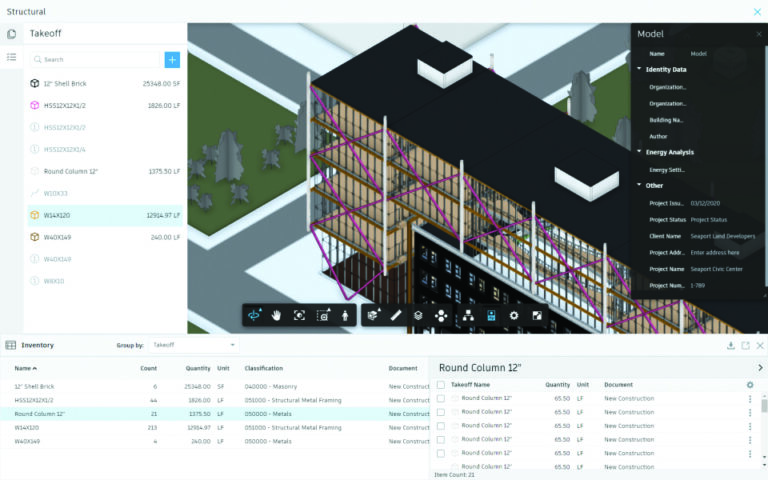- The secret to growing offsite won’t be in incremental improvements of old processes.
- Industrialization is a whole new way of building that makes sense on different levels
- This way of building need not preclude interesting architecture.
- Good software is essential, but it needs to be customized for each manufacturer
An interview on industrialization with Autodesk’s Amy Marks
What, exactly, is industrialized construction? How can the offsite industry move in that direction and what’s currently holding it back? We put these questions – and more – to Amy Marks (aka the Queen of Prefab), VP of Industrialized Construction at Autodesk.
Industrialization is the difference between handcrafting a unique piece of furniture and mass-producing identical pieces of furniture in a factory with lots of automation. In the latter scenario, there might be a handful of options, but variations are kept to a minimum for efficiency’s sake. Similarly, in construction, industrialization is the mass production of mostly identical buildings, with minimal variations.
This can happen in degrees. As a process becomes more industrialized, it becomes more precise, more automated, less labor-intensive, and faster. It also becomes more repeatable in that it yields identical products.
A good analogy is the fashion industry. “Custom, bespoke couture is expensive, and for people like J. Lo to buy and wear at the Grammys. The rest of us get our clothes off the rack. That’s what we need in housing,” says Marks. “There will always be a market for custom, bespoke houses, but we also need the housing equivalent of products from The Gap.”
While fashion and other industries are known for mass-produced products, construction lags far behind.
Why Does This Matter?
A more industrialized construction business would bring environmental benefits and efficiency.
Less waste. When a building design can’t be manufactured efficiently, material is wasted. Let’s say, for example, that someone designs a wall system with 7 ft. 11 in. studs. If the standard length of a stud is 8 feet, then an inch will have to be cut from each one— a waste of both materials and labor. Designing the wall system for 8-foot studs will eliminate that waste.
More housing. There’s a shortage of housing in many countries around the world, and the only way to fill the gap is to quickly mass-produce homes in factories. Some people assume that factory-built homes are of inferior quality to site-built ones, but that’s a misconception. In fact, the ability to manufacture housing units in a controlled factory environment should result in higher-quality products. Just consider the high-quality, mass-produced cars, furniture, and clothing we all use.
Business scalability. According to Marks, when a manufacturing business — including a panel or module manufacturer — becomes more industrialized, it can scale more easily. It’s hard to grow a business if it makes only custom products.
Marks emphasizes that the first step of industrialization is productization.


